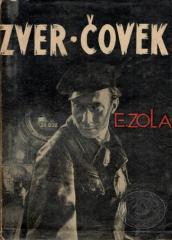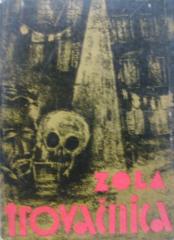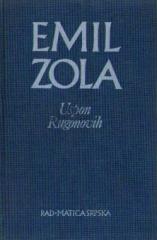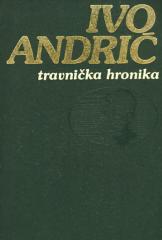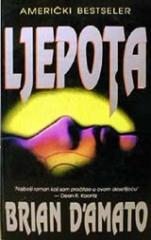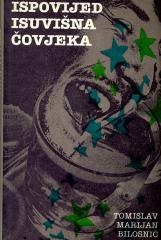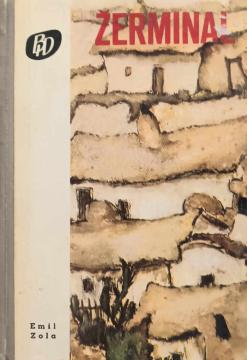
Žerminal
In seinem besten Werk „Germinal“ beschrieb Émile Zola realistisch die unmenschlichen Lebens- und Arbeitsbedingungen der Bergleute im Norden Frankreichs in den 60er Jahren des 19. Jahrhunderts.
„Germinal“ ist ein 1885 erschienener Roman, einer der bedeutendsten in Zolas „Rougon-Macquart“-Zyklus. Die Hauptfigur, Étienne Lantier, ein junger Arbeiter, der aufgrund seiner ungestümen Natur seinen Job verloren hat, kommt in das Bergbaudorf Montsou und bekommt eine Anstellung in der Mine von Voreux. Dort wird er Zeuge der brutalen Arbeitsbedingungen, der Ungerechtigkeit und des Elends, unter denen Bergarbeiterfamilien leiden. Étienne entwickelt ein zunehmendes politisches Bewusstsein, bekennt sich zu sozialistischen Ideen und organisiert einen Streik, um den Arbeitern bessere Bedingungen und Löhne zu verschaffen.
Der Streik, der zunächst voller Hoffnung war, entwickelt sich bald zu einem Kampf ums nackte Überleben. Die Regierung und die Bergbauunternehmer schlagen den Aufstand brutal nieder und die Streikenden und ihre Familien leiden Hunger und Tod. Die Mine wird zum Symbol der unerbittlichen Gewalt, die die Arbeiter zermürbt. Trotz der Niederlage endet der Roman mit symbolischer Hoffnung: Germinal – der Monat im französischen Revolutionskalender, der das Erwachen der Natur markiert – deutet an, dass der Widerstand der Arbeiter wie der Frühling eines Tages wieder aufblühen wird.
Zola verbindet in „Žerminal“ meisterhaft eine naturalistische Darstellung des Elends mit starker Emotion und sozialem Engagement. Das Werk bleibt eine der eindringlichsten Darstellungen sozialer Ungerechtigkeit in der Literatur.
Angeboten wird ein Exemplar
- Spuren von Patina
